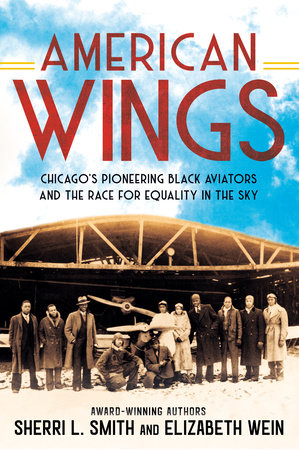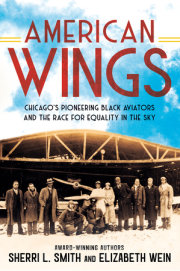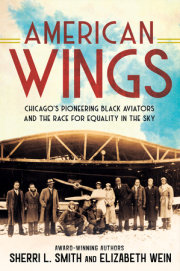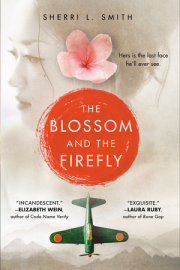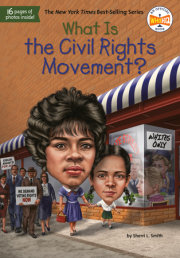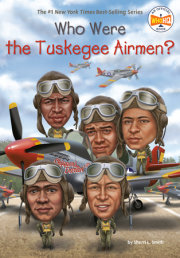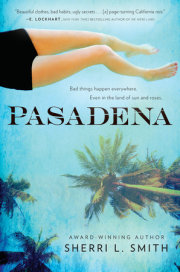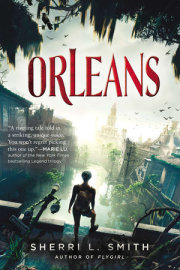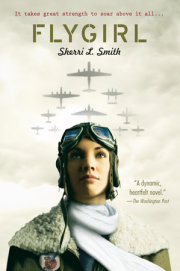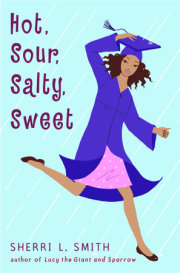PROLOGUE
A Dream Takes Flight
Omaha, Nebraska, 1919
It was going to cost three dollars to ride—about $50 in 2023, but the work of several days, or even weeks, in 1919. Cornelius Robinson Coffey had the money from his side job running special deliveries for the Omaha post office. But the rule was white people first. He stood aside with the other onlookers in the cold Nebraska field and waited his turn, his eyes on the January sky.
Overhead, an airplane buzzed, boldly announcing man’s dominion over the air.
Aviation was a fairly new craze, the Wright brothers having made their first flight barely fifteen years earlier, on December 17, 1903. But it hadn’t taken long for the world to turn the airplane into a weapon of war. Today’s barnstormer—one of those pilots who staged air shows in farmers’ fields, selling tickets for quick plane rides and setting up shop in local barns—was a World War I veteran, recently home from Europe since the end of the Great War in 1918. Even the barnstormer’s plane was a veteran of sorts. His Curtiss JN-4, a type nicknamed the Jenny, was one of the little two-seater biplanes that had been used to train American men to fly for the war effort.
White American men, that is.
Born on September 6, 1903, Coffey—as most people would call him in later years—was Black. And at only fifteen years old, he was the same age as the entire field of modern aviation. His home state of Nebraska had been a hub of aviation activity from the start, with the Wright brothers performing at the State Fair in Omaha in 1910.
While the Midwest wasn’t the Deep South, segregation and racism still held sway. White customers went first. After waiting patiently for his turn to come, Coffey finally fished out the price for his first ride in a genuine airplane.
The pilot must have been astonished. This Black boy had the gall and the money to take a ride in the sky. The barnstormer turned to the other onlookers—undoubtedly white people—and said, “When I get through with him, that kid ain’t going to even look at another airplane.”
But Coffey’s money was green, so the man took it, and let the boy climb up into the plane. The Jenny was built of fabric stretched over a wooden frame, a single-engine biplane with stacked wings and two open cockpits, one behind the other. Coffey most likely rode in the front cockpit, where the pilot could keep an eye on him.
The little wood-and-fabric Jenny rattled down the field and leapt up into the air.
In those days, there was hardly anyplace you could get a really smooth ride. Outside the city, scarcely any roads were paved. Inside the city, they were often paved with cobblestones, with embedded trolley tracks an extra hazard. Coffey knew what speed was like—he rode a Henderson motorcycle. But the silken speed of flight was something he could never have imagined. From the moment the Jenny’s wheels left the ground, he loved it. It didn’t bother him in the least that the pilot was doing his darnedest to scare the living wits out of the uppity little Black kid with his pocket money and his belief that he should beallowed to fly.
Everyone said Black people weren’t made for flying. People said they were cowards. They were lazy. It took brains and guts to be a pilot.
But this kid seemed to have both.
With every loop and dive, Coffey just had more fun. The pilot upped his game, tilting the plane into rolls and spins. He might have even scared himself a little, flying upside down, or nosing the plane into a dive, only pulling up in the nick of time to skim the treetops.
“I think it was rougher on him than on me,” Coffey said calmly afterward.
Three dollars bought fifteen minutes of thrills in the sky, and when they landed, the pilot had to admit he was impressed.
“Well, you know, if I was going to be here for any length of time, I’d probably teach you to fly,” he told the boy.
Coffey had the feel for it, no doubt. But everyone knew Black people couldn’t learn to fly. Cornelius Coffey had likely been told that, too.
So he hopped back onto his Henderson motorcycle and headed home. He wouldn’t come near another plane for nearly a decade.
But when the time came, he would prove just how wrong everyone had been.
Copyright © 2024 by Sherri L. Smith and Elizabeth Wein. All rights reserved. No part of this excerpt may be reproduced or reprinted without permission in writing from the publisher.

